C. M. Rubin’s Monthly Global Education Report
CMRubinWorld’s mission for over 7 years has been to ask the important questions about learning, share the most innovative ideas and be a bridge builder between the past and the future of global education.
What About Those Jobs in the Rustbelt, Mr. President? This month economist Harry Holzer explained that “less-educated Americans, particularly men with high school or less education, were stagnating or deteriorating.” Work activity among prime-age (25 to 54) men in America has declined harshly, leaving seven million or more working-age men in the US outside the labor force. The causes, says Holzer, include “lack of post-secondary education, dependence on benefit programs, opioid dependency, the rising prevalence of criminal records, a lack of available jobs in economically distressed areas, and weakening cultural norms.” Given the economic outlook and the technological upheaval that persists, how much further displacement can we expect to see in manufacturing industries? We asked Holzer if Artificial Intelligence would replace the analytical labor force? What are the biggest obstacles facing young graduates trying to enter the workforce now and in the future? Finally, will there even be enough jobs to go around ten or twenty years from now?
In a new exhibit in London’s Science Museum, “Robots – The 500-Year Question to Make Machines Human,” depicts the 500-year history of humanoid robots as a way to understand what was expected of robots in five different periods and settings. Each of the robots in a collection of over 100 reflects various societies that the human race has lived through and emphasizes what defines us as human as time changes. Will robots be teachers? Will robots take care of our grandparents? Will they entertain us at rock concerts? Will they be our best friends? Will they take all white-collar jobs from humans or will they simply remove the parts of our jobs we don’t enjoy anyway, enabling us to innovate and create new jobs? Ling Lee, Co-Curator of Robots and the Contemporary Science Manager for Exhibitions at the Science Museum in London, shared her views with us.
And what does all this mean for education and specifically curriculum? We are witnessing disruptive automation that is changing lives and taking away the jobs many have relied on to make a living. But will this trend continue even further, and to what extent does AI pose a threat to most of our jobs? Charles Fadel, author of Four-Dimensional Education, believes new and higher paying occupations will develop as a result of automation; what we must do now is reform education to ensure our kids don’t get left behind. “We need courageous cathedral builders! We also need to address traditional experts’ biases clinging to their narrow domains, parents’ old personal experiences biasing their views, and teachers’ and administrators’ lack of training and leadership, respectively.”
A decade ago, many predicted that K-12 education might shift entirely online, especially in the upper grades. Michael Horn, co-founder of the Clayton Christensen Institute for Disruptive Innovation, spoke of blended learning as the “new model that is student-centric, highly personalized for each learner, and more productive, as it delivers dramatically better results at the same or lower cost.” Blended learning is certainly emerging as an advantageous approach to students, offering positive cultural, social and academic features of a traditional school environment while also expanding the personalized learning opportunities of online learning. This month we asked our global teachers: To what extent is this a new model of learning in a digital age? Is blended learning becoming yet another over-hyped myth? What lessons learned can you share from your own school community? “If teachers want to gain the most from technology, they must focus on developing in each learner a sense of self-awareness in how they learn best. Blending one’s own learning is the only truly future-ready blend,” writes Richard Wells in New Zealand. Vicki Davis adds, “Every classroom is made up on two spaces; the face to face space and the online space. The effective 21st century teacher will meld the online space and the face-to-face combination of learning.”
A recent survey conducted by the Pew Research Centre showed that only 16% of Americans think that a four-year degree course prepares students very well for a high-paying job in the modern economy. Ongoing technological change means jobs we do today will probably not be here tomorrow. Additionally, the growing gap between employer needs and what education provides would suggest that ongoing learning is now becoming the norm. When it comes to Lifelong Learning – Are Youth Ready? Our Millennial Bloggers are based all over the world. They are innovators in entrepreneurship, journalism, education, entertainment, and academic scholarship. Naturally we asked them to weigh in. “Millennials embrace many of the taboos of the past because they have engaged in a form of life-long learning not available to previous generations,” writes Jacob Navarrete. “Millennials are all about relationships—ones that are built on trust, communication, collaboration, and commonalities,” writes Isadora Baum. “Being experimental and adventurous in today’s age is the best way to master success and growth, encouraging employees to engage in lifelong learning.” “The measurement of achievement is important data to understanding how students can improve their work and how schools can improve their instruction,” writes Francisco Hernandez in his exclusive interview with blended learning expert Michael Horn.
Our thanks once again to all our amazing teachers, millennials, other contributors and supporters around the world. We look forward to more of your contributions next month. When it comes to the world of children, there is always more work to be done.
(Photos are courtesy of CMRubinWorld)
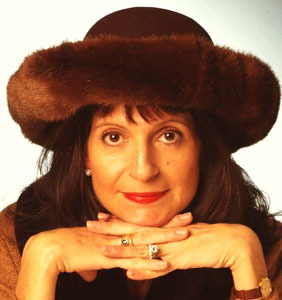
The Global Search for Education Community Page
C. M. Rubin is the author of two widely read online series for which she received a 2011 Upton Sinclair award, “The Global Search for Education” and “How Will We Read?” She is also the author of three bestselling books, including The Real Alice in Wonderland, is the publisher of CMRubinWorld and is a Disruptor Foundation Fellow.
Follow C. M. Rubin on Twitter: www.twitter.com/@cmrubinworld

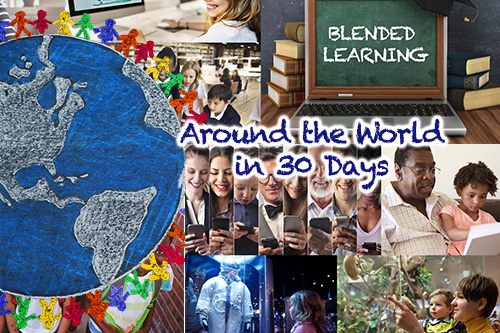
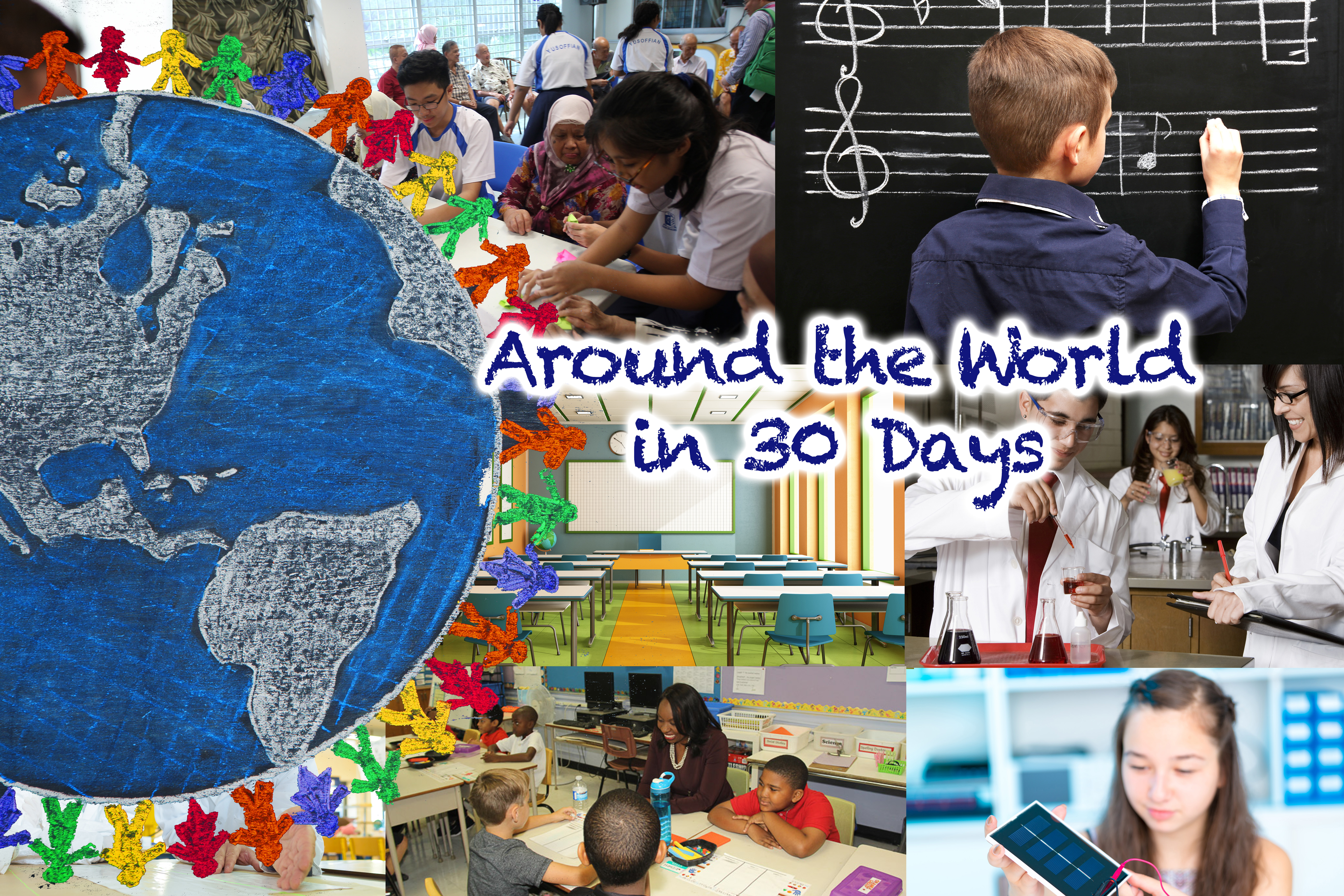
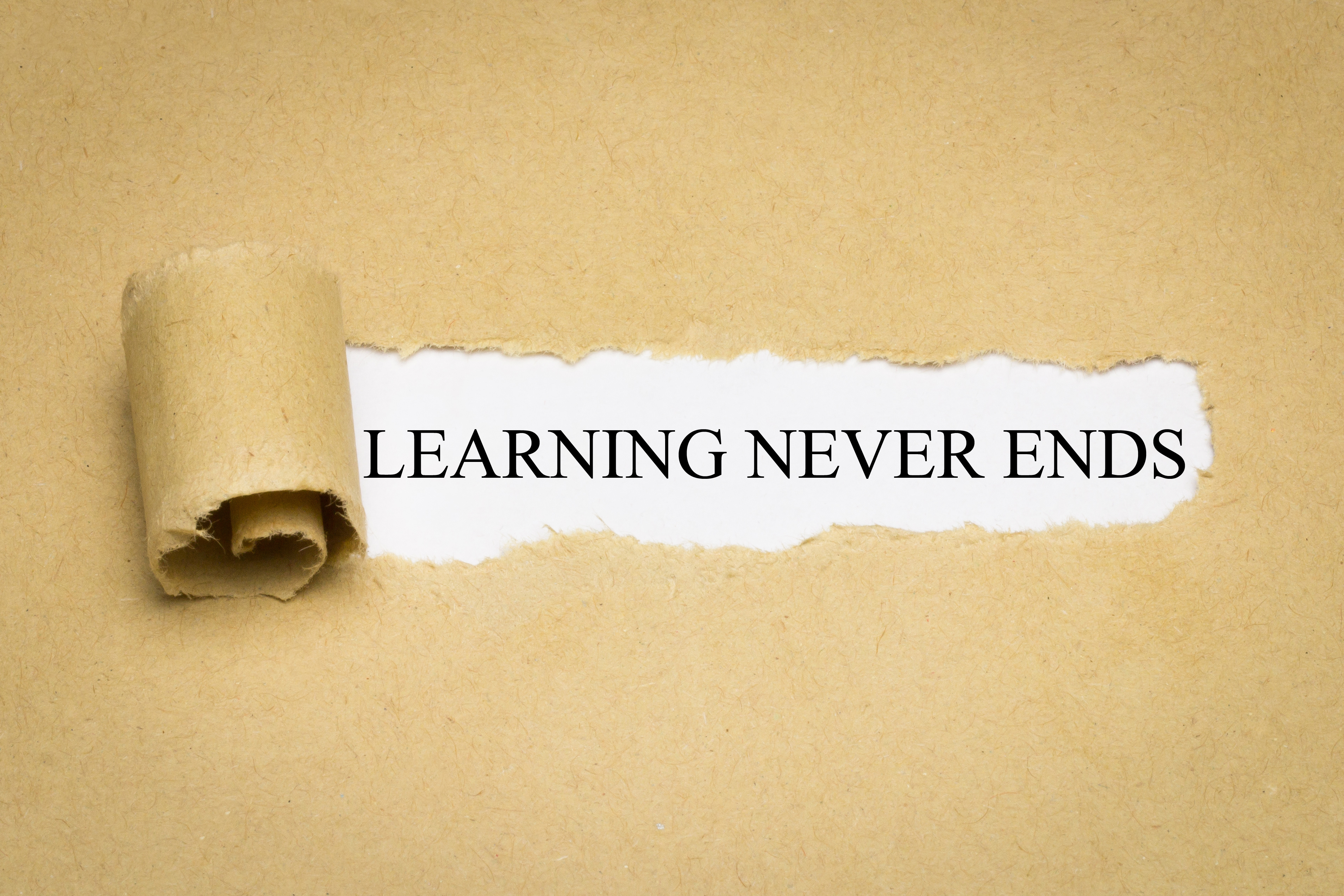
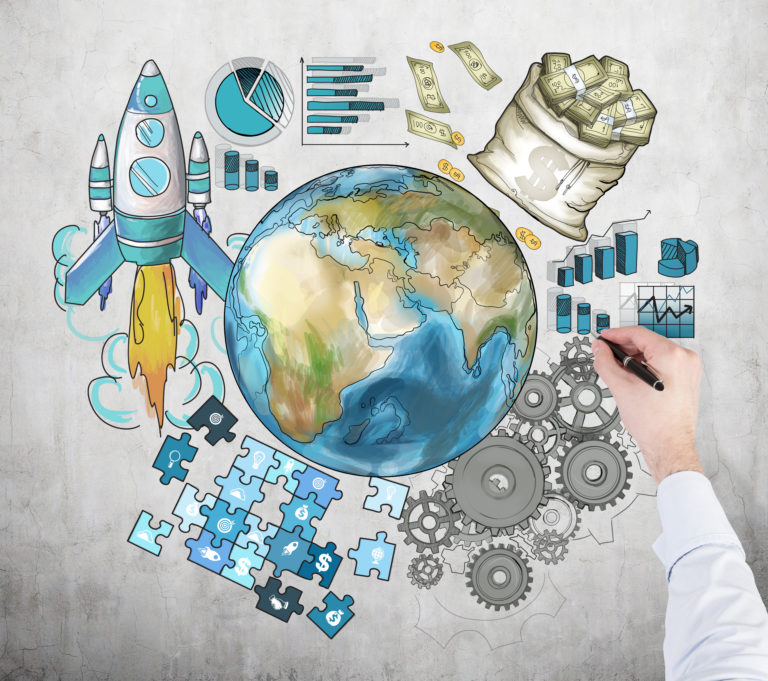
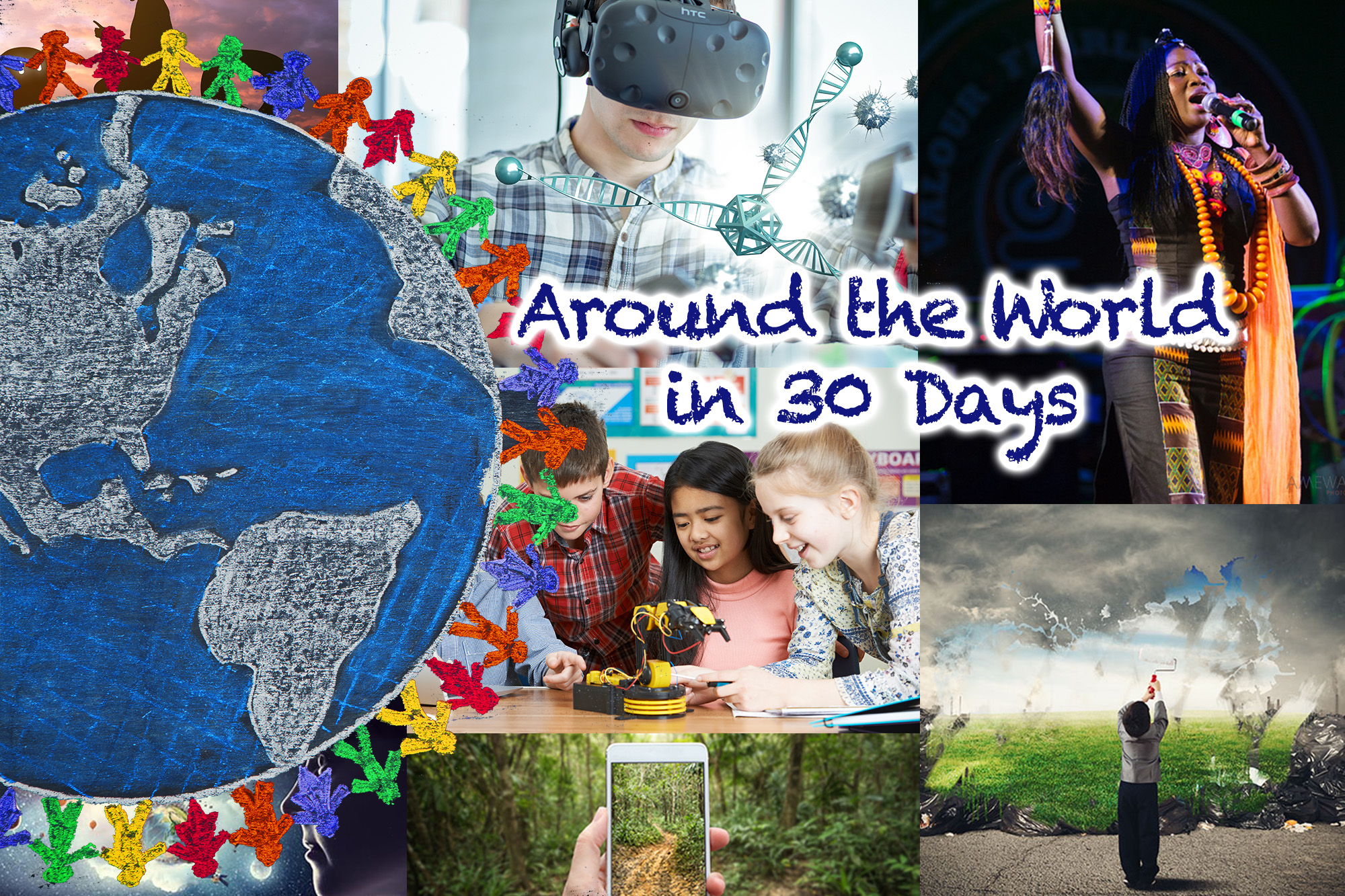
Recent Comments